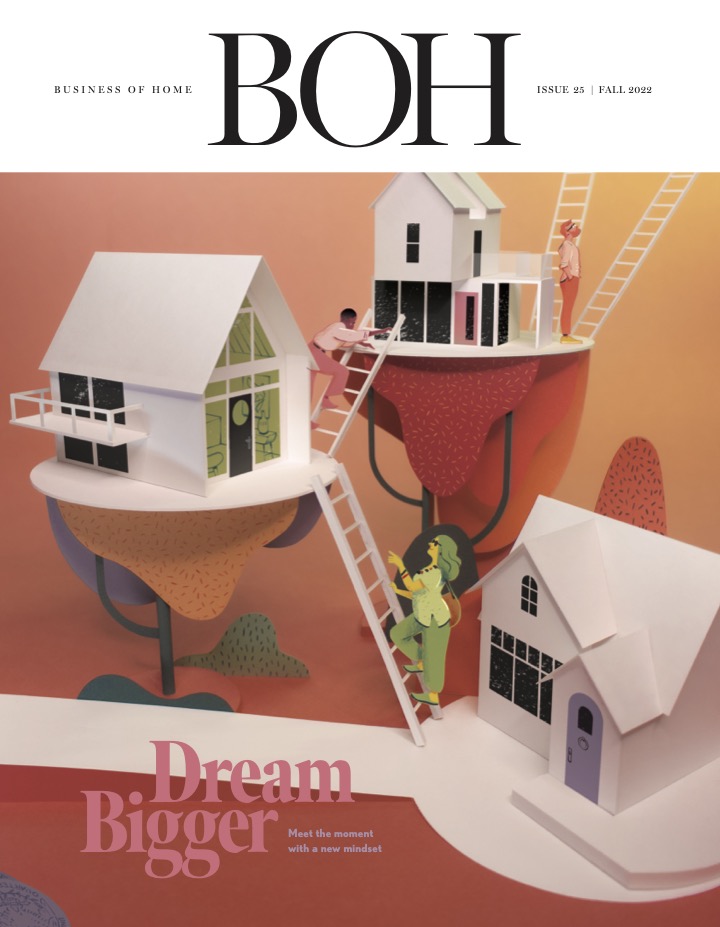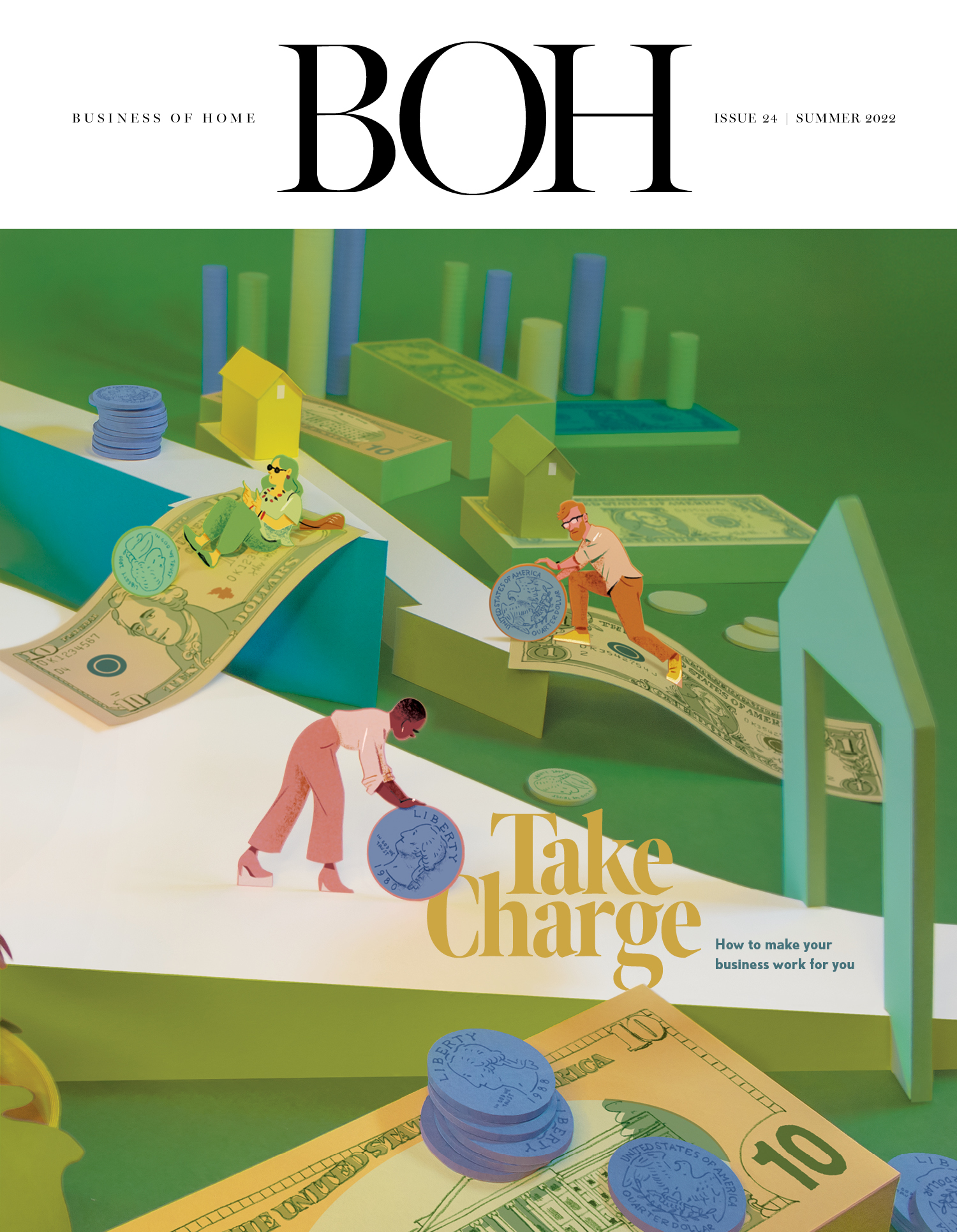The Design Trust for Public Space has chosen the four winners of The Energetic City: Connectivity in the Public Realm, which requested project proposals from individuals, community groups and public agencies to redefine NYC’s public space.
The winning initiatives, selected from over 90 submissions, will develop new ways of connecting diverse people, systems, as well as built, natural and digital environments of New York City. Each project, which will receive seed funding to begin immediately, will respond to the needs and aspirations of community users.
“We’re tremendously excited about the vast scale of possibilities each of the winning proposals has to offer,” said Susan Chin, FAIA, executive director of the Design Trust. “They address the critical public space challenges across the city—emphasizing a broad need for public information systems, creating greater social networks and community engagement, and developing strategies for neighborhood stabilization. I’m confident that the resulting projects will become important models for urban design in cities around the globe.”
The winning proposals, selected from seven finalists, are as follows:
Illustration of vibrant retail corridors. Photo courtesy of the NYC Department of City Planning
Proposal title: Design Guidelines for Neighborhood Retail
Proposer: The New York City Department of Housing, Preservation & Development (HPD)
The NYC Department of Housing, Preservation & Development needs design guidelines to achieve successful mixed-use developments that include high-performing ground-floor spaces. The resulting manual will generate immediate changes to HPD’s development process for mixed-use projects, but also for other entities focused on creating vibrant local economies through design.
“With this Administration’s ambitious affordable housing agenda, we also want to see vibrant stores, community facilities, and streets going hand in hand with these developments. All New Yorkers deserve great public space,” said Chin. "We have an amazing opportunity and an obligation to design world class developments.”
Flushing Meadows Corona Park
Proposal title: FMCP Creative / Reconnect the Park
Proposer: Queens Museum and the New York City Department of Parks & Recreation (DPR)
Queens Museum and the New York City Department of Parks & Recreation will investigate new ways of connecting public parks to communities through a pilot study that will analyze Flushing Meadows Corona Park (FMCP). Envisioned as an active learning framework for park users, the project will support community participants in developing proposals to improve FMCP’s connectivity with surrounding neighborhoods, focusing on the park entrances, wayfinding system, and new uses for the World’s Fair infrastructure.
“We all remember how magical and visionary the two World’s Fairs were. The United Nations started here. This proposal recaptures that spirit. It creates a new way of connecting with the park’s energetic, diverse and international community,” said Chin. “The stewardship that develops here will last for generations to come.”
Staten Island's North Short Corridor
Proposal title: Future Culture: Connecting Staten Island’s Waterfront
Proposer: Staten Island Arts
Staten Island Arts seeks to establish a replicable model of inclusive development through public art to link neighborhoods, starting with Staten Island's North Shore. The project will provide planning and policy recommendations to stabilize the cultural assets of neighborhoods.
“Staten Island Arts’ proposal offers a great opportunity for the City and developers to draw on untapped community resources—the local artistic talent of St. George. And it will create a unique destination, similar to how DUMBO developed, while retaining that talent,” said Chin. “We’ll have a mixed-use waterfront, infused with public art and ingenuity. What an exceptional way to connect with the energetic city.”
Gompers Houses in Lower East Side, NYC
Proposal title: Opening the Edge
Proposer: Jane Greengold with the support of New York City Housing Authority (NYCHA)
Brooklyn artist Jane Greengold aims to activate underused public spaces surrounding public housing developments with the residents. The project will develop new ideas and a prototype to transform inaccessible landscapes around NYCHA developments into lively places to gather for residents and visitors alike.
“We’ve all dreamt of a better use for that fenced in grassy knoll in front of the ‘such & such’ houses, where residents and visitors are able to play ball or picnic. Now we’ll be able to connect with each other and the neighborhood,” said Chin. “I’m so excited to transform these ‘towers in park’ to make them a valuable part of peoples’ daily lives and the potential impact all over the city.”
The jury included Theodore S. Berger (non-voting), Design Trust Board member and Joan Mitchell Foundation; Paul Herzan, Lily Auchincloss Foundation; Kemi Ilesanmi, The Laundromat Project; Natalie Jeremijenko, xDesign Environmental Health Clinic at NYU; Jeff Merrit, NYC Office of the Mayor; Damon Rich, City of Newark; and Tim Tompkins (non-voting), Design Trust Board member and Times Square Alliance.
The four winning projects will produce a design prototype, pilot intervention, publication, video, or public artwork, among other possible formats. The four projects may also be structured as the initial stage of research, planning, or public outreach stage of a potentially larger project, where the process will determine the final product.
Follow the development of each project online, and join the conversation by using #EnergeticCity.






















